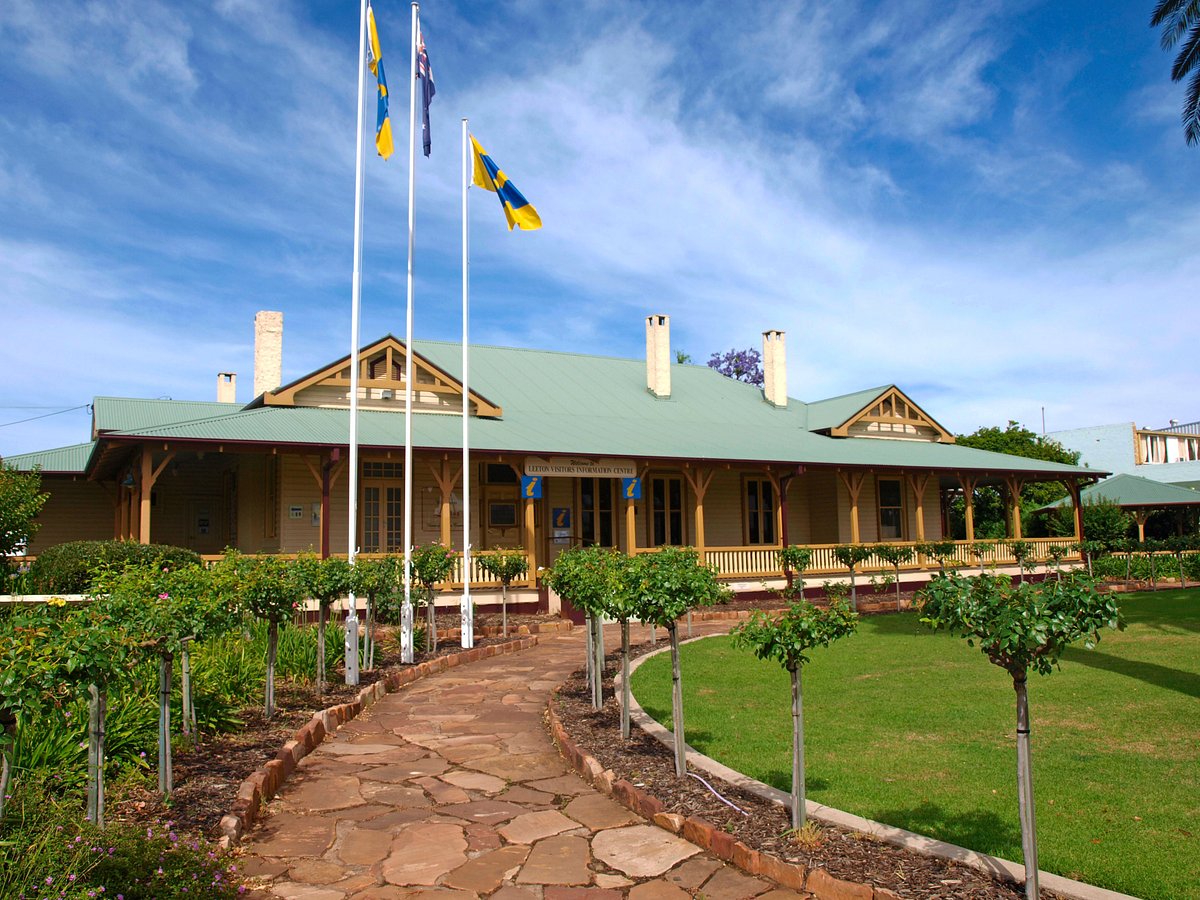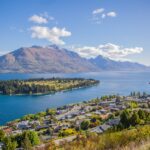Quick Bits:
Leeton lies in the heart of the Murrumbidgee Irrigation Area. This inland town thrives on fertile plains and forward-thinking community spirit. Its foundation was built on bold ideas, crafted into reality by the hands of farmers, engineers, and dreamers. As one of the first towns planned by Walter Burley Griffin, Leeton marries design with purpose. It pulses with agricultural vitality, yet whispers stories of Art Deco elegance.
From thriving vineyards to wetlands alive with birdsong, Leeton welcomes with gentle strength. This place moves at a slower rhythm, where nature and human ingenuity meet.
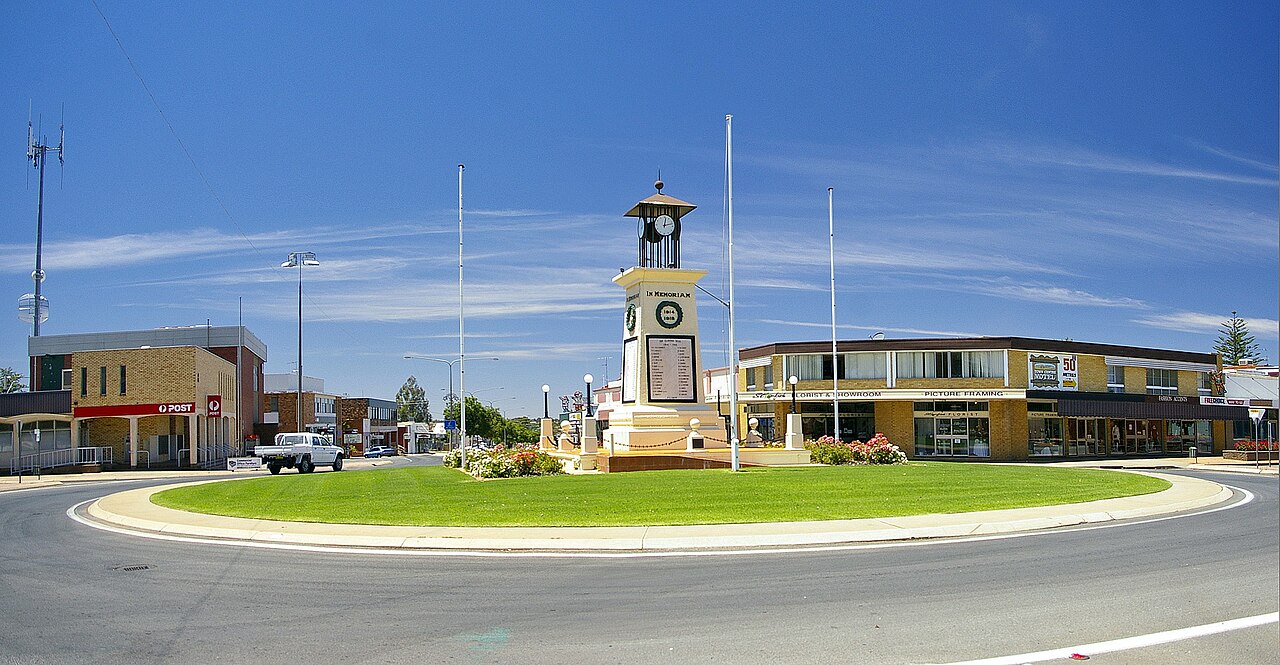
Image by: Bidgee – Via Wikipedia
Key Highlights
- Located in Riverina, New South Wales
-
Designed by architect Walter Burley Griffin
-
Gateway to Murrumbidgee irrigation network
-
Home to the Fivebough and Tuckerbil Wetlands
-
A leader in rice and citrus production
-
Celebrates multicultural heritage
-
Hosts events like the Leeton SunRice Festival
-
Dotted with historic and modern architectural charm.
General Information
Leeton was established in 1913. It remains a beacon of irrigation-based prosperity. With a population hovering around 7,000, it offers the warmth of a small community while playing a vital role in regional development.
The town’s economy leans on agriculture, especially rice, citrus fruits, and wine grapes. Institutions like SunRice and other agro-processors operate in and around the town, contributing to Australia’s food bowl.
Local industries have grown through clever water management and community resilience. This sense of local pride is found in its bakeries, local art studios, and welcoming public spaces.
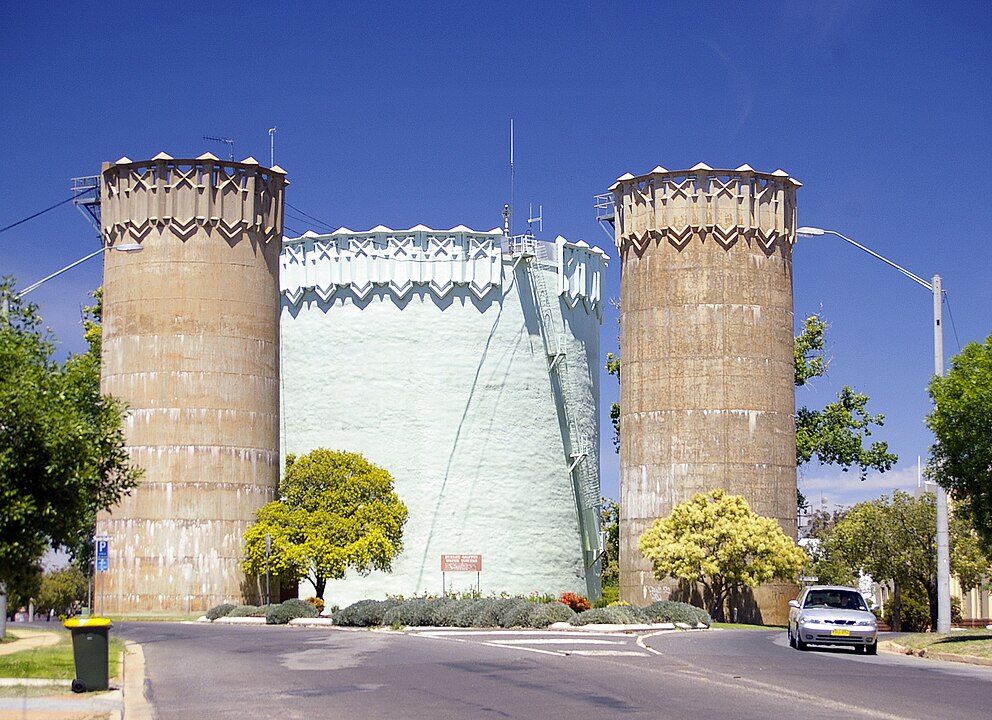
Image by: Bidgee – Via Wikipedia
Geography Information
Leeton rests within the Riverina region in southern New South Wales. It is around 570 kilometers from Sydney and 450 kilometers from Melbourne. This central location connects it to major inland transport routes, making it a key hub between cities and farmlands.
The landscape is flat to undulating. Its richness lies beneath the soil, which has been harnessed through irrigation canals branching across the land like lifelines. The Murrumbidgee River supports this intricate network, feeding farms, homes, and ecosystems.
Leeton is part of the Wiradjuri Country. Traditional owners have shaped and cared for this land for thousands of years. This deep cultural connection is reflected in place names and local storytelling.
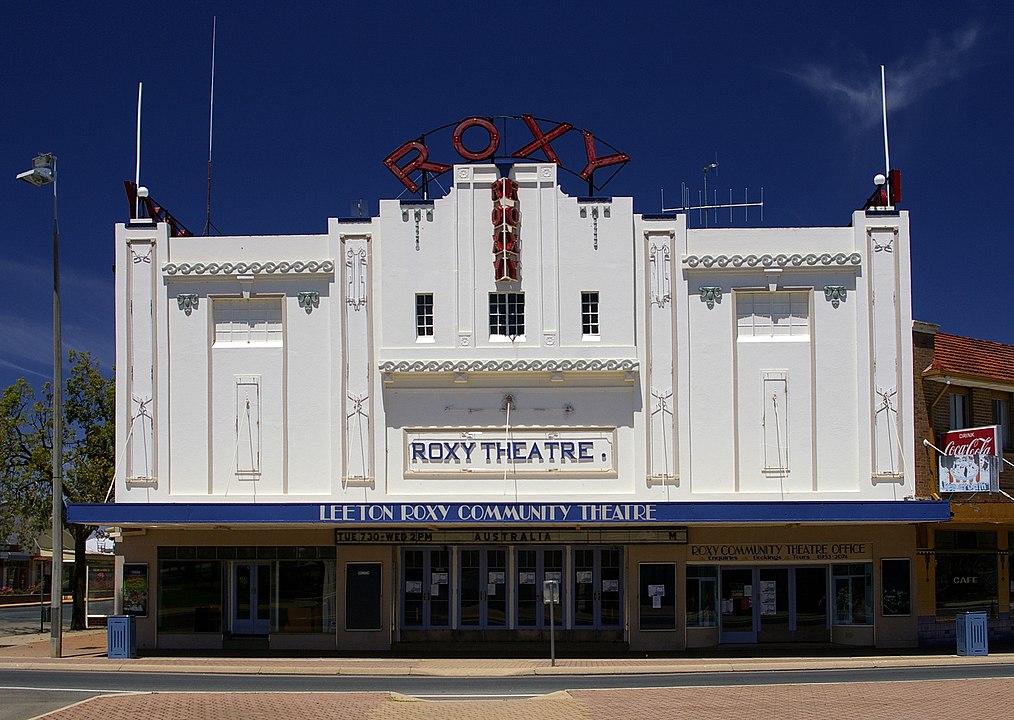
Image by: Bidgee – Via Wikipedia
Places to Visit
Leeton offers a mixture of nature, history, and culture. These are must-see spots for first-time visitors and returning guests alike:
Fivebough Wetlands
-
Internationally listed as a Ramsar site
-
Rich birdlife including migratory species
-
Flat walking tracks and bird hides
Whitton Malt House
-
Located just outside Leeton
-
Boutique food and drink experience
-
Set among barley fields with stunning sunsets
Roxy Theatre
-
Restored Art Deco cinema
-
Hosts local performances, movies, and festivals
-
A nod to Leeton’s early design vision
Mountford Park
-
Central green space with tall palm trees
-
Community events and playgrounds
-
Reflects the planned nature of the town
Yanco Powerhouse Museum
-
Celebrates Leeton’s irrigation and electrical history
-
Machinery, archives, and community exhibits
-
Located near scenic picnic spots
Gogeldrie Weir
-
Historic water control structure
-
Fishing, boating, and riverside relaxation
-
Picnic grounds popular with families
Leeton Museum and Gallery
-
Interactive stories of local history
-
Hosts touring exhibitions and creative workshops.
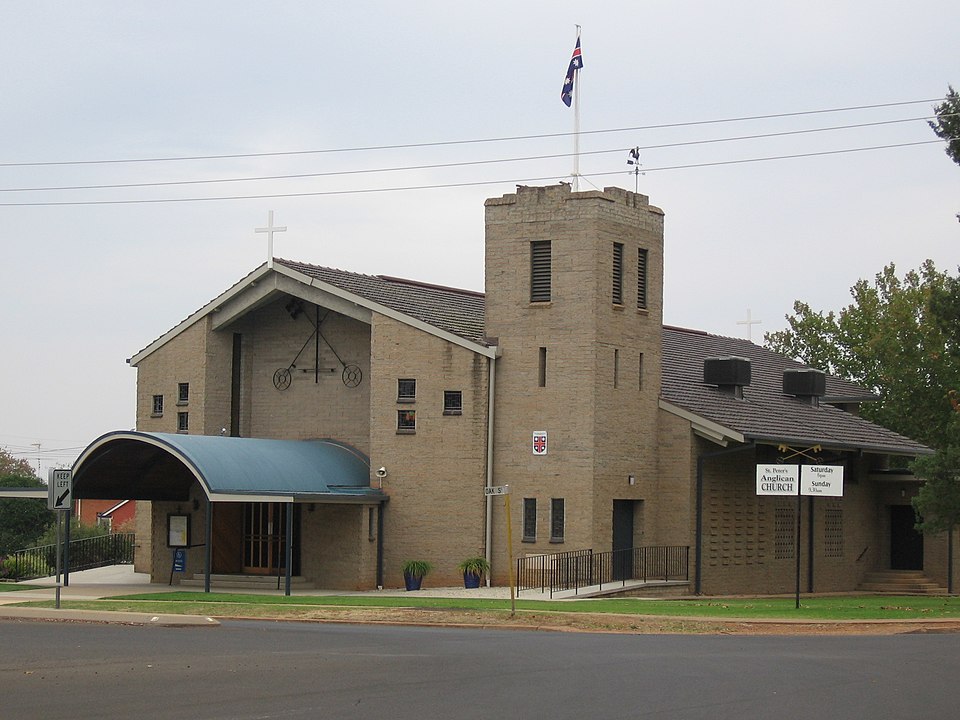
Image by: Mattinbgn – Via Wikipedia
Yearly Climate
Leeton experiences a semi-arid climate. Summers are long and hot. Winters stay mild with cool nights. The annual average temperature rests around 17°C.
-
Summer (Dec-Feb): 30°C+ during peak, dry with clear skies
-
Autumn (Mar-May): Cooler days, ideal for outdoor walks
-
Winter (Jun-Aug): Average max of 14°C, occasional frosts
-
Spring (Sep-Nov): Blooming orchards and rising warmth
Rainfall is modest, averaging around 400-500 mm per year. Most rain falls during late spring and early summer. Despite the dryness, smart irrigation systems keep farmland productive year-round.
Best Time of Year to Visit
Spring and autumn shine as the ideal travel windows. In spring, blossoms cover orchards and birdlife flourishes in the wetlands. Autumn offers golden vines, perfect light, and cool air ideal for walking tours or sipping local wines.
Summer may be too hot for midday activities, though sunrise and evening bring out the magic of open plains and river walks. Winter has charm too — fewer crowds and quiet, fog-draped mornings.
Plan a visit during the SunRice Festival, held biennially, for cultural performances, food stalls, and river celebrations. Markets and pop-up events bring the community spirit into full view.
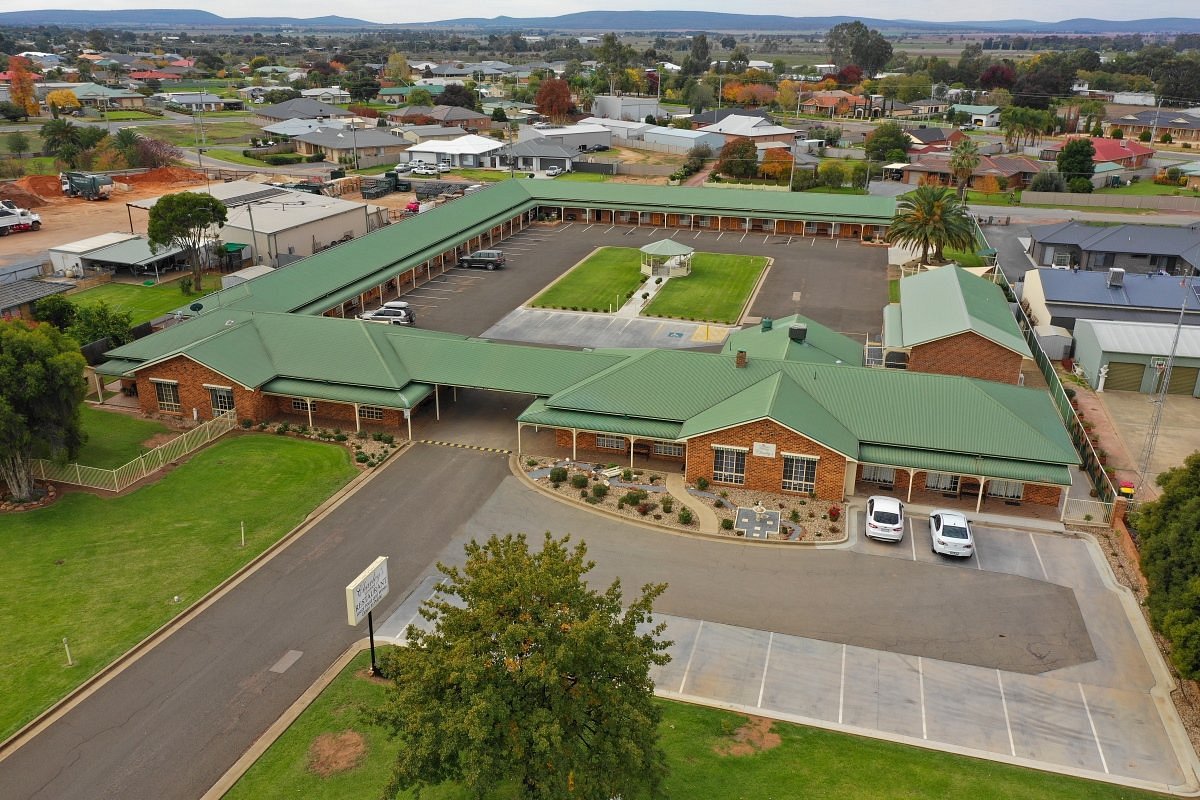
Image by: Wayne – Via Tripadvisor
In Summary…
Leeton does not clamor for attention. It tells its story through steady progress, flowing canals, and proud traditions. Whether one strolls through heritage streets or sits quietly at the wetland’s edge, the town rewards curiosity. It combines precision in farming with the softness of community life.
It is a place of connection — to land, water, and history. Through every season, it whispers its strength.

